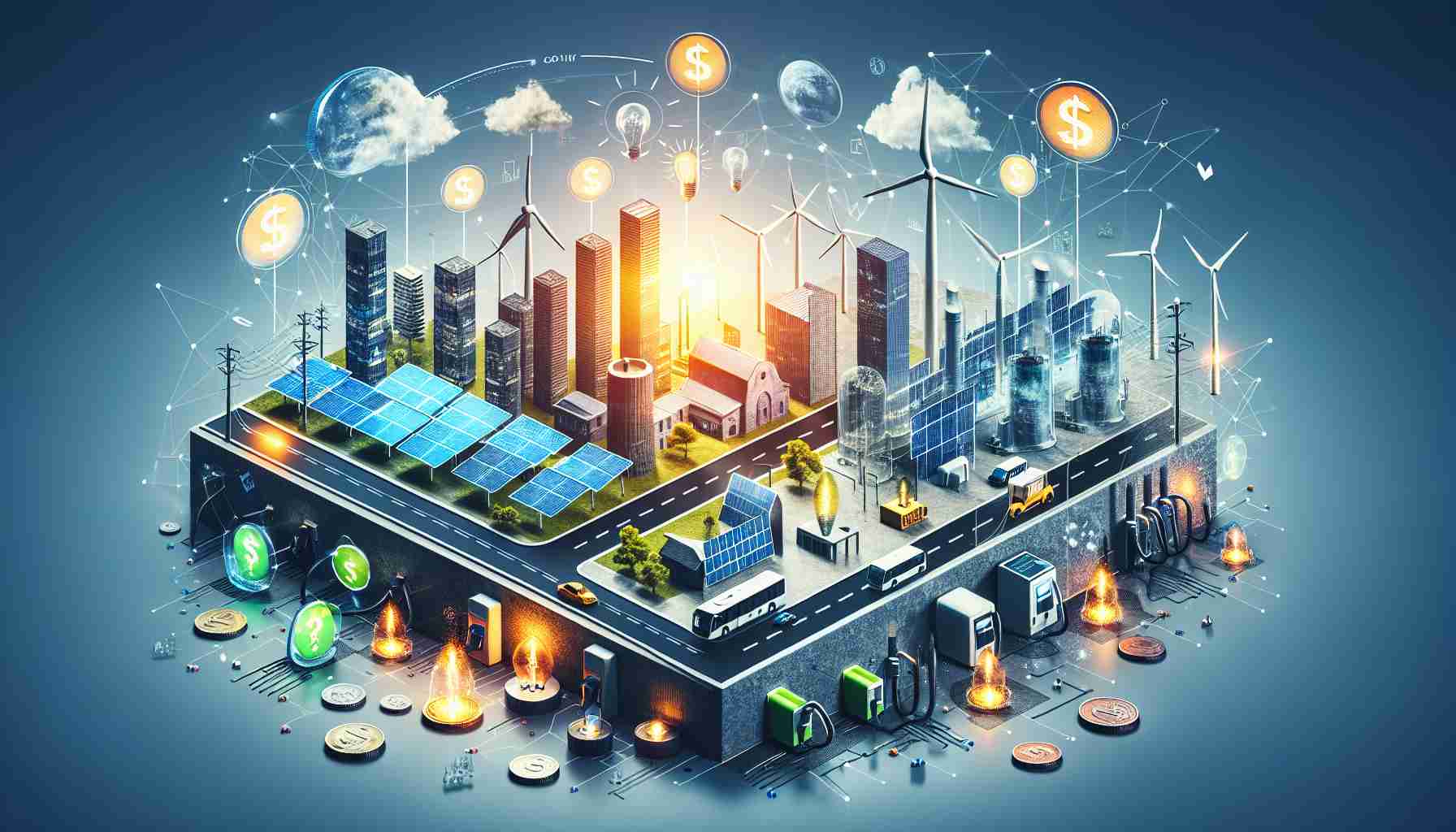
The energy transition isn’t straightforward; it’s a monumental task that demands extensive resources and planning. To support widespread electrification, a robust supply chain for essential metals is crucial, spanning from batteries to electric vehicles and infrastructure like transmission lines. Notably, many of the mining operations essential for this transition are located in regions with unstable power grids, resulting in ongoing dependence on diesel fuel within the mining sector for several decades ahead.
Manufacturing in the clean technology sector relies heavily on affordable, dependable energy sources. Without a solid foundation of low-cost baseload power, consumer adoption remains questionable. Historically, nations have struggled to transition smoothly without the balance of nuclear, hydro, natural gas, or coal power.
As countries navigate these challenges, a contentious solution remains: a temporary embrace of fossil fuels. While this idea may seem controversial, China exemplifies a successful model, having developed budget-friendly electric vehicles largely due to its low manufacturing costs facilitated by coal. However, countries like Canada and the US have opted to impose tariffs on these vehicles, limiting the global market’s capacity for adopting cleaner alternatives.
The energy landscape in Europe presents a contrasting narrative. Germany’s industrial sector is facing investment cuts due to soaring energy costs, which stifles potential advancements in low-emission technologies. Conversely, Norway is safeguarding its low energy costs to propel electric vehicle adoption, illustrating the critical interplay between energy pricing and clean tech leadership.
Ultimately, nations prioritizing energy abundance are positioned to lead the clean technology revolution.
The Complex Road to a Sustainable Energy Future: Challenges and Strategies
The Energy Transition: A Multifaceted Challenge
The energy transition represents one of the most significant global challenges of this century, requiring innovative solutions and streamlined strategies. Central to this transition is the urgent need for a valid and reliable supply chain for critical materials, such as lithium, cobalt, and nickel, which are essential for the production of batteries and electric vehicles (EVs). These resources play a vital role in the establishment of renewable energy infrastructure, including transmission lines that carry power from solar and wind farms to consumers.
Key Features of a Successful Energy Transition
1. Robust Supply Chain Development: Building an efficient supply chain is crucial to meet the rising demand for clean technology resources. This includes the establishment of recycling programs for batteries and other components to recover valuable metals.
2. Diverse Energy Sources: A combination of clean energy sources, such as solar, wind, and hydro, alongside reliable technologies like nuclear power, is essential to ensure a steady supply of energy. This balance can alleviate dependence on fossil fuels while maintaining grid stability.
3. Investment in Innovation: The energy transition requires substantial investments in research and development to innovate cleaner technologies and enhance energy efficiency across sectors.
Pros and Cons of Temporary Fossil Fuel Use
Pros:
– Immediate Reliability: Fossil fuels may provide the necessary baseload energy while transitioning to renewables, preventing energy shortages.
– Support for Economic Growth: Utilizing existing fossil fuel infrastructure can help stimulate economic activity in the short term.
Cons:
– Environmental Impact: Continued reliance on fossil fuels undermines climate goals and prolongs carbon emissions.
– Market Constraints: Tariffs and trade restrictions can hinder the adoption of electric vehicles from regions that leverage cheaper fossil fuel energy.
Current Market Trends and Innovations
In the evolving energy landscape, several trends are shaping the future:
– Electrification of Transportation: The shift towards electric vehicles is accelerating, driven by policies aimed at reducing carbon emissions.
– Battery Technology Advances: Innovations in battery chemistry are leading to longer-lasting and more efficient energy storage solutions.
– Emerging Markets: Countries like China are gaining an edge in the clean technology sector by capitalizing on their low-cost energy resources, raising concerns in Western markets.
Sustainability and Security Aspects
With the growing emphasis on sustainability, the clean technology sector is urged to prioritize both ecological and economic stability. The security of supply chains, especially in politically unstable regions where many raw materials are sourced, is of paramount importance to reduce vulnerabilities.
Future Predictions
– Growth in Renewable Energy Investment: It is anticipated that investment in renewable energy infrastructure will surge as governments respond to climate challenges and consumer demand.
– Adaptation of Policy Frameworks: Nations will likely adjust their policies to enhance the integration of renewable sources while managing the transitional phase without overshooting economic stability.
Compatibility and Use Cases
The successful rollout of electric vehicles and renewable energy technologies hinges on their compatibility with existing infrastructure. This includes the adaptation of power grids to accommodate decentralized energy generation from renewables and electric vehicles.
As we move forward, nations that focus on energy resilience and resource sustainability will not only lead the charge in clean technology but also establish themselves as global leaders in the new energy economy.
For more insights, visit Energy.gov.



